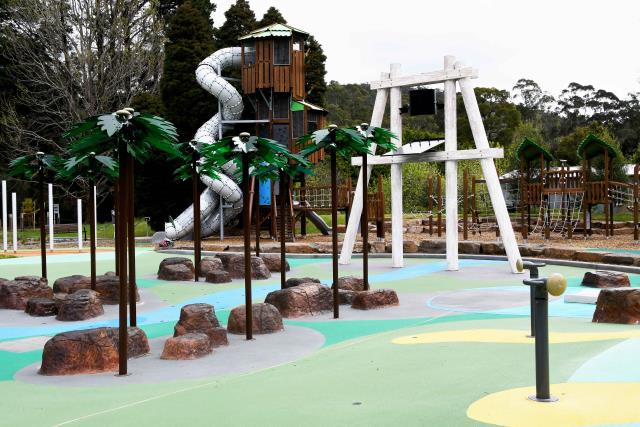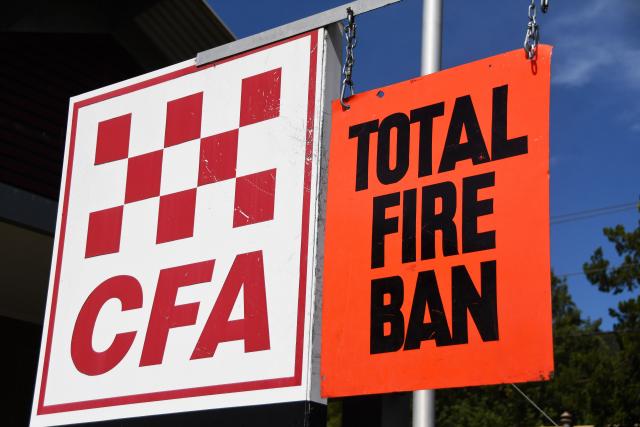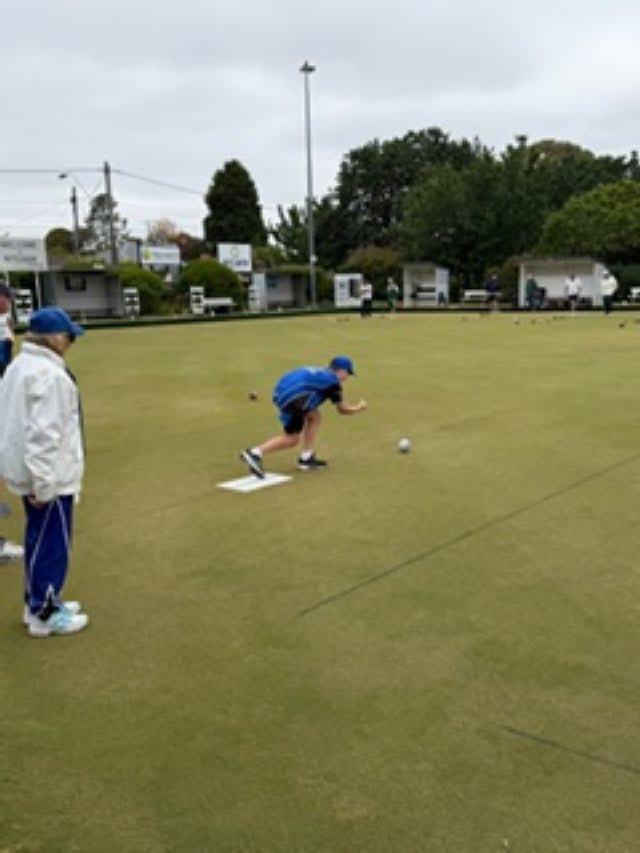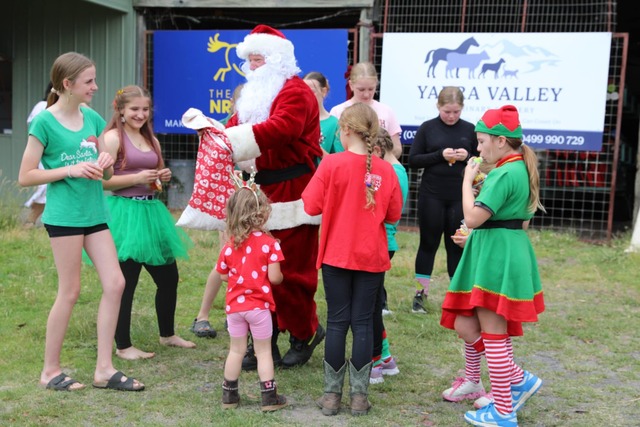By Kath Gannaway
William Barak (1824 – 1903)
WILLIAM Barak, Beruk in the Woiwurrang language of his people, had leadership in his blood.
At a time when Aboriginal people in Victoria were seen as, at best, a curiosity, at worst an obstruction to the colony’s growth, Barak’s diplomacy earned him genuine respect and support from white settlers and unified Aboriginal people.
Barak’s father, Bebejan, and uncle, Billibellary, were Wurundjeri ngurungaetas, or clan leaders. Billibellary was particularly influential joining leaders from the Kulin nation in signing John Batman’s treaty.
Barak campaigned for the creation in 1963 of the Coranderrk, the Aboriginal settlement near Healesville and contributed to its early success as a thriving, self-sufficient community. He saw Coranderrk as a way for the Kulin people to maintain a physical connection to their country; a connection he played a key role in educating non-Aboriginal people about.
In 1874, Barak became ngurungaeta and his leadership was put to the test. The Board for Protection of Aborigines was under increasing public pressure to break the settlement up and relocate the residents. Barak commenced a persuasive and peaceful campaign of letters and petitions to the government, ably assisted by his nephew Robert Wandin and Thomas Dunolly. He led a deputation to Parliament House — emulating an historic walk he had undertaken with his cousin and mentor, Simon Wonga, years earlier, when they sought consent to establish Coranderrk.
Barak was granted an audience with the chief secretary and future premier Graham Bell who facilitated a halt to the closure.
The quality of life at Coranderrk deteriorated as the board mismanaged it.
A second march occurred in 1881, spurred on by the poor conditions and further reports of closure. Barak rallied the settlement’s 22 able-bodied men, by then drawn from a diverse population of people displaced by other settlement closures. They called for the abolition of the board and autonomy in running Coranderrk.
A Government Board of Inquiry resulted to which Barak made a submission.
Coranderrk was made a permanent reserve and survived until many years after Barak’s death in 1903.
Described as wise and dignified, Barak’s talents as a communicator were undeniable. He could speak to both the worlds he occupied and unify sworn enemies. By bringing attention to the plight of Coranderrk, he garnered influential non-Aboriginal supporters. He forged a close friendship Anne Bon, who assisted him in his various campaigns and became an ally on the board.
Barak’s life lost two wives and a beloved son and Ann was a great support to him in his grief.
Victoria’s settlement had ended Barak’s traditional upbringing justshy of his initiation. While his conversion to Christianity testifies to the influence of colonial institutions in his youth including the Yarra Mission School and Native Police Corps, as an adult Barak’s cultural identity proved robust and he used it in the battle for European hearts and minds. Barak’s renown as an artist preserved his cultural heritage and educated people. He vividly recreated the corroborees of his memories and became known for his displays of traditional skills, such as boomerang throwing.
The value of Barak’s efforts to build understanding between two vastly different worlds can never be underestimated. He used his position to defend his people’s connection to their traditional land. In his role as diplomat and ambassador, he also proved that Aboriginal people could exert influence on decisions affecting them in colonial Australia.
Champion of his people
Digital Editions
-

Optus outage in Warburton
Upper Yarra residents in Yarra Junction, Wesburn, Millgrove and Warburton may experience mobile service issues if they’re with Optus. Optus reported one of its towers…





